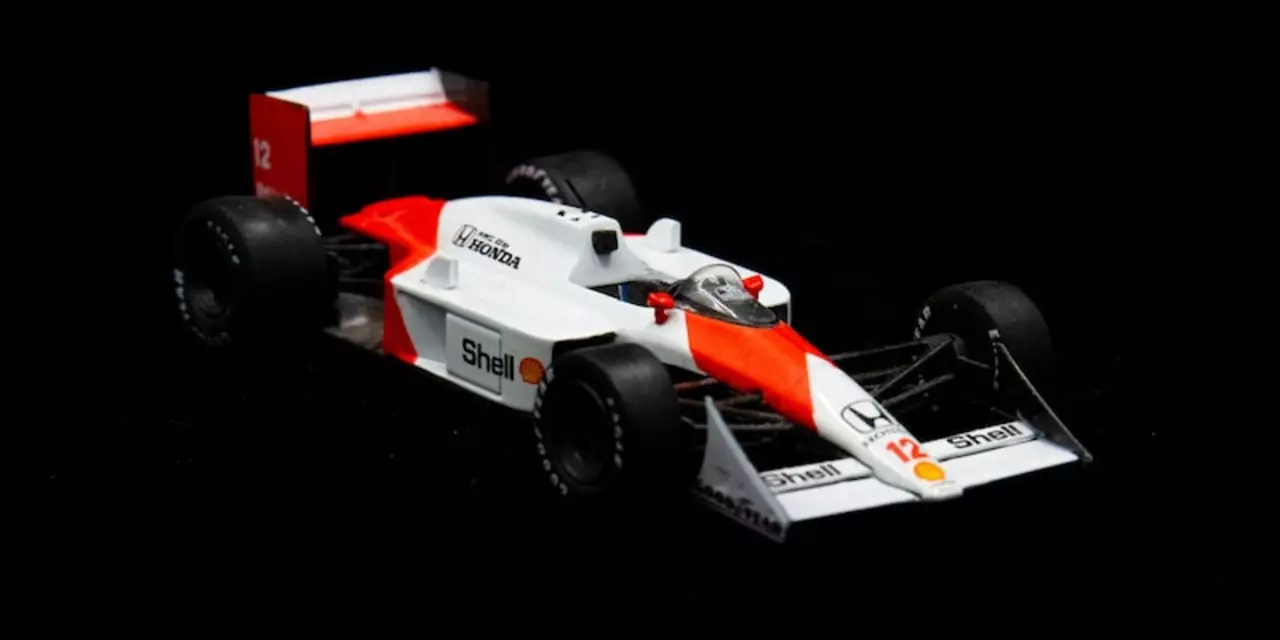Racing Equipment Essentials Every Driver Needs
If you’re getting into motorsport, the first thing to sort out is gear that protects you and boosts performance. You don’t need a million dollars to start, but you do need the right basics: a strong seat belt, a reliable tire, a proper suit, and a few smart add‑ons.
Seat Belts: More Than Just a Strap
Racing seat belts aren’t the same as the ones in your daily driver. They’re built to hold you down when you hit 200 mph, brake hard, or spin out. Look for a six‑point harness with a sturdy front‑to‑rear bar. The extra points spread the G‑forces across your chest and hips, keeping you from being tossed around. Make sure the straps are adjustable; you’ll be fine‑tuning the fit each race to stay snug but comfortable.
Tires and Traction: The Real Powerhouse
Spinning the tires before a drag run isn’t just for show – it heats the rubber and gives better grip. Too much spin, though, wears the tread and drops performance. Choose tires that match your class: slicks for dry circuits, semi‑slicks for mixed conditions, and treaded racers for rainy tracks. Keep a pressure gauge handy and check the psi before every session; even a few pounds off can change handling dramatically.
Beyond the basics, a few extra pieces of equipment can make a big difference. A well‑fitted racing jacket with fire‑resistant protection adds a layer of safety without weighing you down. Look for Nomex material and ensure the sleeves overlap the gloves for full coverage.
Don’t forget a good pair of helmets. A full‑face helmet with a quick‑release chin strap and proper ventilation will keep your head safe and comfortable. The shell should be certified for motorsport, and the visor should be anti‑scratch and anti‑fog.
Gloves, boots, and a neck brace round out the safety suite. Gloves give you better grip and protect against burns, while racing boots provide ankle support and heat resistance. A HANS (Head And Neck Support) device is essential for limiting neck movement during sudden stops.
When you piece these items together, you get a cockpit that feels secure, lets you focus on the track, and meets most series’ safety rules. It’s easy to over‑think gear, but stick to proven, certified products and you’ll avoid costly mistakes.
Finally, keep your equipment clean and inspected. Wipe down the harness after each race, check the tire sidewalls for cuts, and replace any cracked helmets or worn‑out gloves. Regular maintenance extends the life of your gear and keeps you safe on the line.
Bottom line: start with a solid seat belt, match tires to the track, wear a fire‑rated jacket, and top it off with a certified helmet and proper accessories. With these basics in place, you’ll feel confident and ready to push the limits of speed and control.
What's the best way to get started in amateur racing?
0 Comments
Getting started in amateur racing can be an intimidating and daunting task. However, there are several steps that can help make the process easier. First and foremost, it is important to ensure that you have the necessary equipment, such as a racing helmet and a race car, as well as the proper licenses and certifications. Once this is taken care of, it is important to find a reputable racing league or organization to join. It is also important to research the rules of the league and understand the safety regulations. Finally, it is important to practice and hone your skills before entering a race. With these steps, you can be well on your way to becoming an amateur racer.
Read More